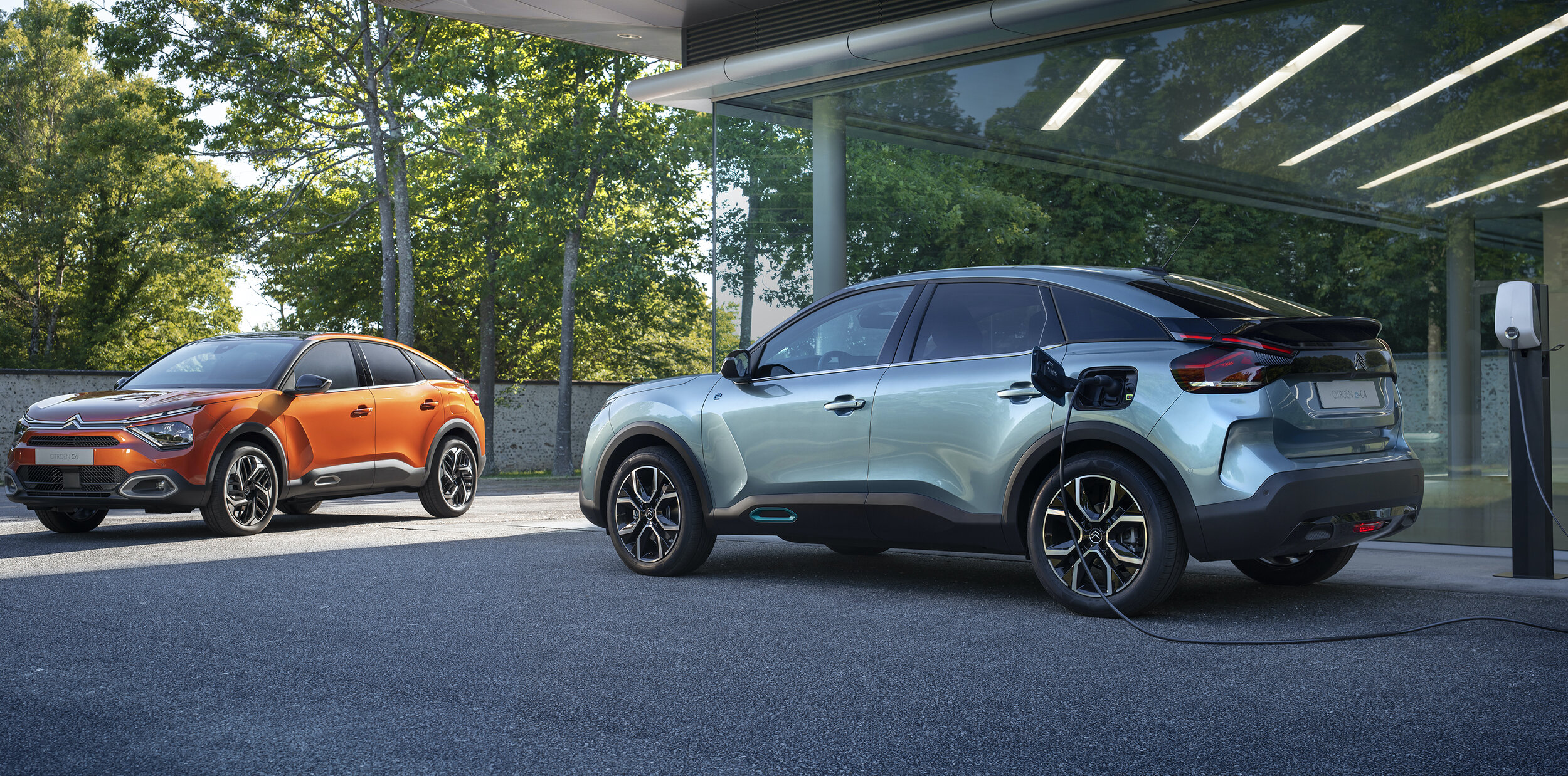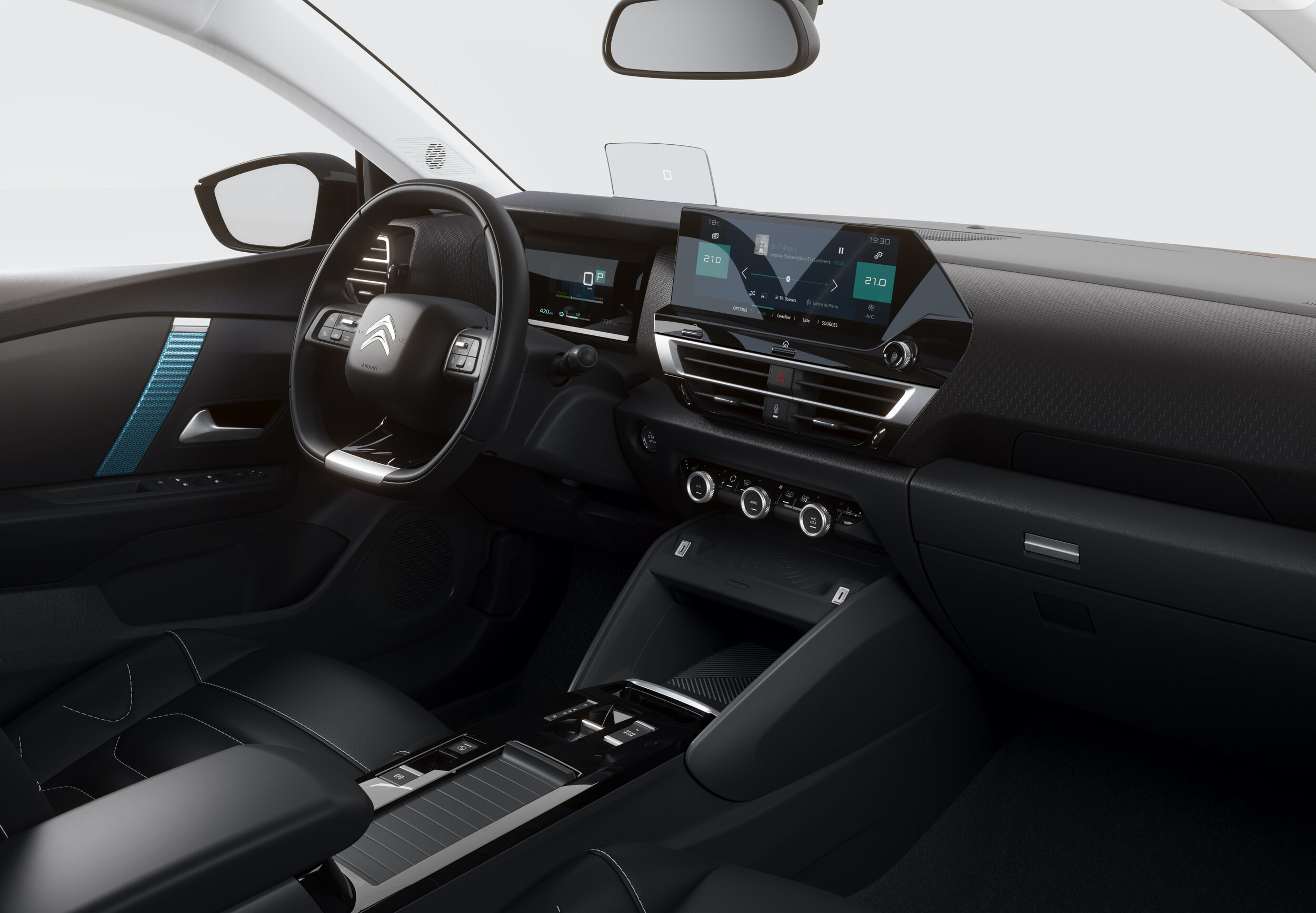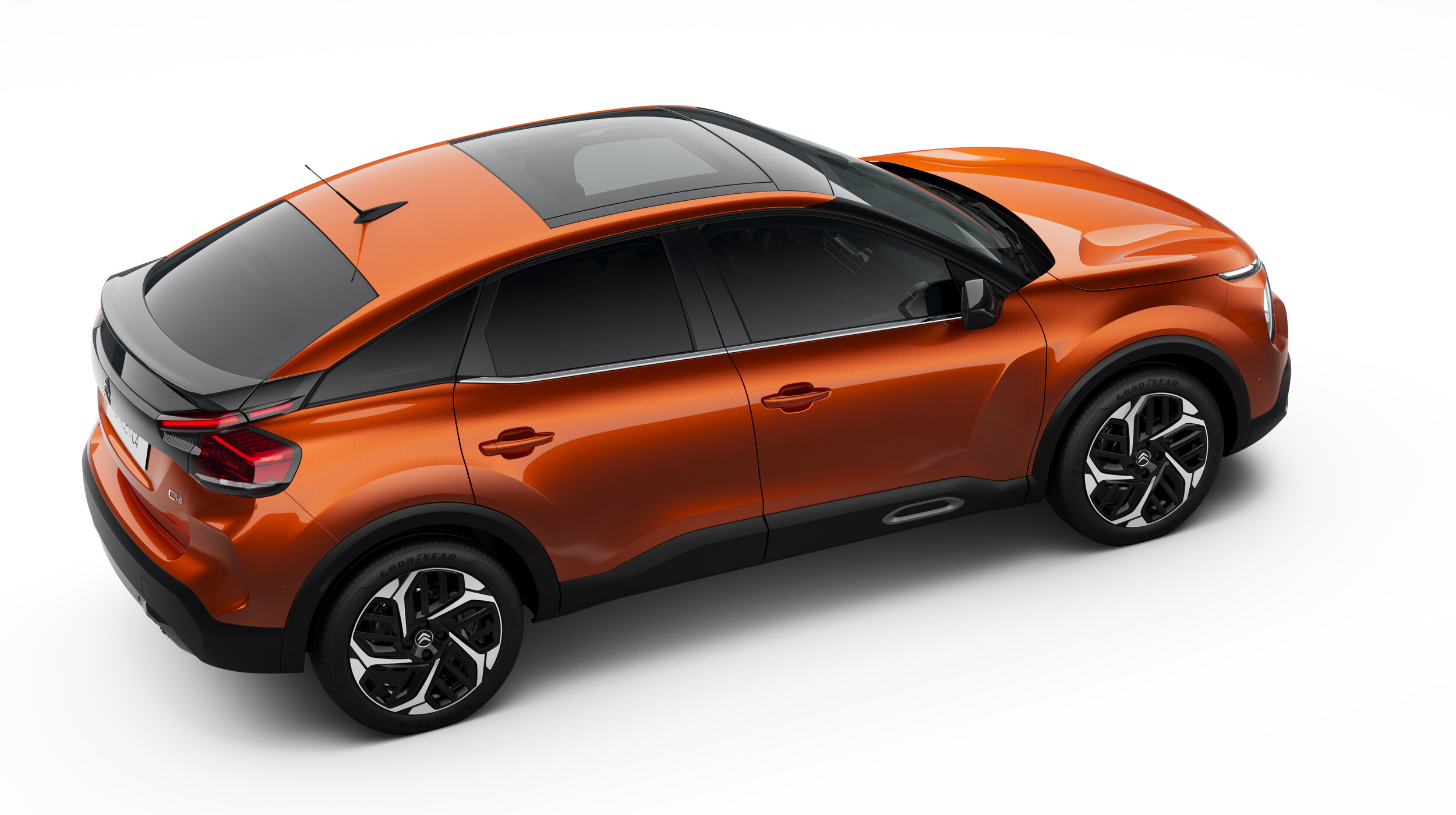Ukraine war impacting on NZ market
/For Opel NZ, the cost of a two-month voyage from Europe is cheaper than a one day factory to port truck ride.
Read MoreFor Opel NZ, the cost of a two-month voyage from Europe is cheaper than a one day factory to port truck ride.
Read MoreArrival of PHEV C5 Aircross times with interesting news from France.
Read MorePlug-in hybrid edition to join a fossil fuel-reliant variant.
Read More
TIRED of rocking around in a large expensive European sports utility wagon?
Despite those vehicles being very strong sellers, Citroen has determined there are enough people out there desiring to break from the trend.
If you’re in that crowd, say ‘bonjour’ to the C5X, a large prestige model unveiled internationally overnight that will serve as the brand’s new flagship.
Ostensibly a large high riding car that for those who cannot see themselves in something bulkier and blockier, it delivers an emphasis on comfort and design, yet also stands out as being proudly unconventional in several respects, notably the design.
Part SUV (hence the raised height), part station wagon (so, loads of interior space) and part sedan (the overall elegance) … Citroen is famous for being unconventional from time to time, but this one seems especially eclectic. Little wonder that its maker has voiced expectation of it straddling several segments of the market.
Certain styling cues – most notably the LED headlight design – are inspired by the radical CXperience concept, which was shown in 2016 and with which the C5X also shares its so-called ‘Advanced Comfort’ design ethos.
The model’s ‘X’ suffix? It’s not really an off-road reference. Instead, Citroen says, it’s about the marketing positioning. This is a model at “the crossroad of customers’ needs”.
Production for right-hand drive countries begins next year and there’s no word yet from national brand rights holder AutoDistributors NZ as to whether we will see it. Perhaps not; large Citroens have always struggled here.
Still, you’d have to think styling like this would allow it to stand out from the Q7 and X5 crowd.
Measuring in at a lengthy 4.8 metres, the Citroen C5 X is noticeably longer than the C5 Aircross, the largest SUV Citroen has offered until now. It starts out on 19-inch wheels that are more slender than usual, for economy reasons.
To compete with SUVs, it maximises practicality. The boot measures in at 545 litres, increasing in volume to 1640 litres when the rear seats are folded forward.
Primarily, thought, it is about passenger needs. Citroen is all about ‘Advanced Comfort’; it’s a credo that expresses in the seat design and the suspension suspension setup.

The car aims to replicate the ‘magic carpet’ driving style of historic Citroen sedans such as the DS and CX. It uses a hydraulic cushion suspension set-up, as per the Aircross, to deliver a ride that aims to “overcome all obstacles, potholes, kerbs, speed bumps and other road connections”.
The supreme version of this evidences in a plug-in hybrid version is equipped as standard with a drive mode selector giving a choice of three suspension settings.
‘Advanced Comfort’ is also prevalent in the cabin. The seats are designed with what Citroen says is a mattress-style approach.
The interior includes some premium materials, including wood inserts across the dashboard fascia and extending into the doors. With no traditional gear selector, the centre console is uncluttered and includes plenty of physical buttons for things like climate control. Sitting atop the dashboard is a large 12-inch touchscreen that provides for a new type of infotainment system with a widget-based display and smartphone connectivity via Bluetooth and USB-C, in addition to wireless charging.
There will be only be petrol engine options – yup, diesel is dead even with the brand family that made it famous in cars. The plug-in hybrid model is expected to be most popular. This has an output of 168kW and an electric driving range of more than 50 kilometres will be available.
Several driver assistance features will add to the car's tech-filled nature, with an extended head-up display, adaptive cruise control with stop-and-go functionality and lane-keep assist.


ARRIVAL in the third quarter of this year is envisaged for the updated Citroen C3 Aircross, revealed internationally overnight.
A restyling, new infotainment and more versatile interior storage are among alterations for the compact crossover. It’s the five-seater model’s first major update since it released in 2017.
The design changes mainly occur at the front. New chrome chevron shapes extend out to restyled LED headlights and a new geometric-pattern grille, while a skid plate with coloured inserts also features. The lower lights move from the rounded squares of the old model to thinner rectangular units. Citroën says it gives “greater structure with the impression of a higher-set bonnet”.
A new diamond cut and gloss black alloy wheel design also arrives, available in 16 and 17-inch sizes.
On the inside, the basic design and layout of the dashboard remains, but Citroen has introduced new trim options and it also adopts front seats shared with the next-size-up C5 Aircross.
New Zealand pricing and final specifications are as yet unresolved, but on strength of past preferences it seems likely rights’ holder Autodistributors NZ will adopt the upmarket trim that includes a larger and sharper nine-inch central touchscreen infotainment system with navigation, Apple CarPlay and Android Auto connectivity. There’s also a new, larger central console with more storage space.
Driver assistance technologies such as speed sign recognition, automatic emergency braking and automatic high-beam control feature, plus a head-up-display and a top-down style 360-degree parking camera will likely arrive here. Off-road functions such as hill-descent control and a grip control selection feature can be optioned.
Electrified powertrains don’t figure in this car. The engine line-up for right-hand-drive starts with a PureTech 110 1.2-litre three-cylinder turbocharged petrol engine developing 80kW and sending drive to the front wheels through a six-speed manual gearbox, but more likely for here is the PureTech 130 option, developing 95kW, which is also offered with the choice of a six-speed automatic gearbox. Citroen has diesel options as well.

TOTALLY electric and a petrol powertrain for those who aren’t ready to plunge into a fully battery-propelled motoring future.
That’s the proposed strategy Citroen’s New Zealand importer, Auto Distributors, hopes to realise with the new-generation C4, revealed internationally this week.
The national potential for a model that has now fully released from a hatchback styling to embrace a crossover look previously limited to the offshoot C4 Cactus is for it to primarily deliver as Citroen’s breakthrough into the electric vehicle sphere, following a similar model from sister brand Peugeot, also with the same national distributor.
“One of the strengths of new C4 is choice of powertrain and we would like to provide options to Citroen customers, rather than limit them,” explains Auto Distributors’ commercial manager, Arek Zywot in explaining interest in the new e-C4.
“We do not know specific launch date as yet, although we are aiming to have it here by the end of quarter two (of) 2021.
“We are looking at two possible drivetrains: EV and petrol automatic.”
He’s comfortable with the styling direction cementing with a crossover aspect that, though more rakish and less ‘other worldly’ than the C4 Cactus look thanks to Citroen adopting a fastback roofline, nonetheless stays true to existing fundamentals.
“C4 is a continuation of a model that is replacing C4 Cactus and many of the design elements have transferred to the new model.”

C4 is, of course, based on the same underpinnings as the latest Peugeot 208 and 2008, also earmarked for NZ introduction and the drivetrains are identical. Just one petrol engine is expected, a 1.2-litre in three stages of tune: 74kW, 95kW and 114kW, operating through an eight-speed automatic gearbox and driving the front wheels. The e-C4 is expected to make use of a 50kWh lithium battery that will power an electric motor, developing around 100kW, on the front axle. The same powertrain in the e-2008 delivers a range of 320km, albeit when measured on the fabulously optimistic Worldwide Harmonised Light Vehicles Test Procedure.
All models will have the firm’s new progressive hydraulic suspension set-up, according to overseas’ reports. The car’s springs and shock absorbers work with hydraulic compression and rebound stops, which are designed to gradually slow body movement over bumps and potholes.
The progression to a crossover look is in response to hatch desirability having been undermined by the sports utility boom, Citroen acknowledges.
Citroen’s CEO Vincent Cobee says it’s all about finding the “proper balance between affordability, versatility and comfort, better access, and better visibility, as there’s probably also a need for more spice in the style.”
The electric and orthodox cars are identical in overall look and styling cues from the larger C5 Aircross are evident, but it also plucks from past Citroens. The shape of the third side window links to some of Citroen's earlier family cars, such as the GS, introduced in 1970.

The one detail to differentiate an e-C4 from the oil-reliant type is that the former has blue-lit badge surrounds.
The cabin is seen as a gentle redesign of what we can see in the current C4 Cactus, but with a new digital dashboard and instrument binnacle and a redesigned centre console.
Citroen says its has put a major focus on comfort when designing every part of the cabin, including the seats and the dashboard.
The electric-read CMP platform has become a vital attraction to Fiat Chrysler Automobiles, which is in the process of merging with Peugeot-Citroen parent PSA. It's one of two architectures that will underpin over two thirds of the merged group's combined annual production. It’s thought the Alfa Romeo Tonale crossover will be built on this underpinning.

MotoringNZ reviews new cars and keeps readers up-to-date with the latest developments on the auto industry. All the major brands are represented. The site is owned and edited by New Zealand motoring journalist Richard Bosselman.